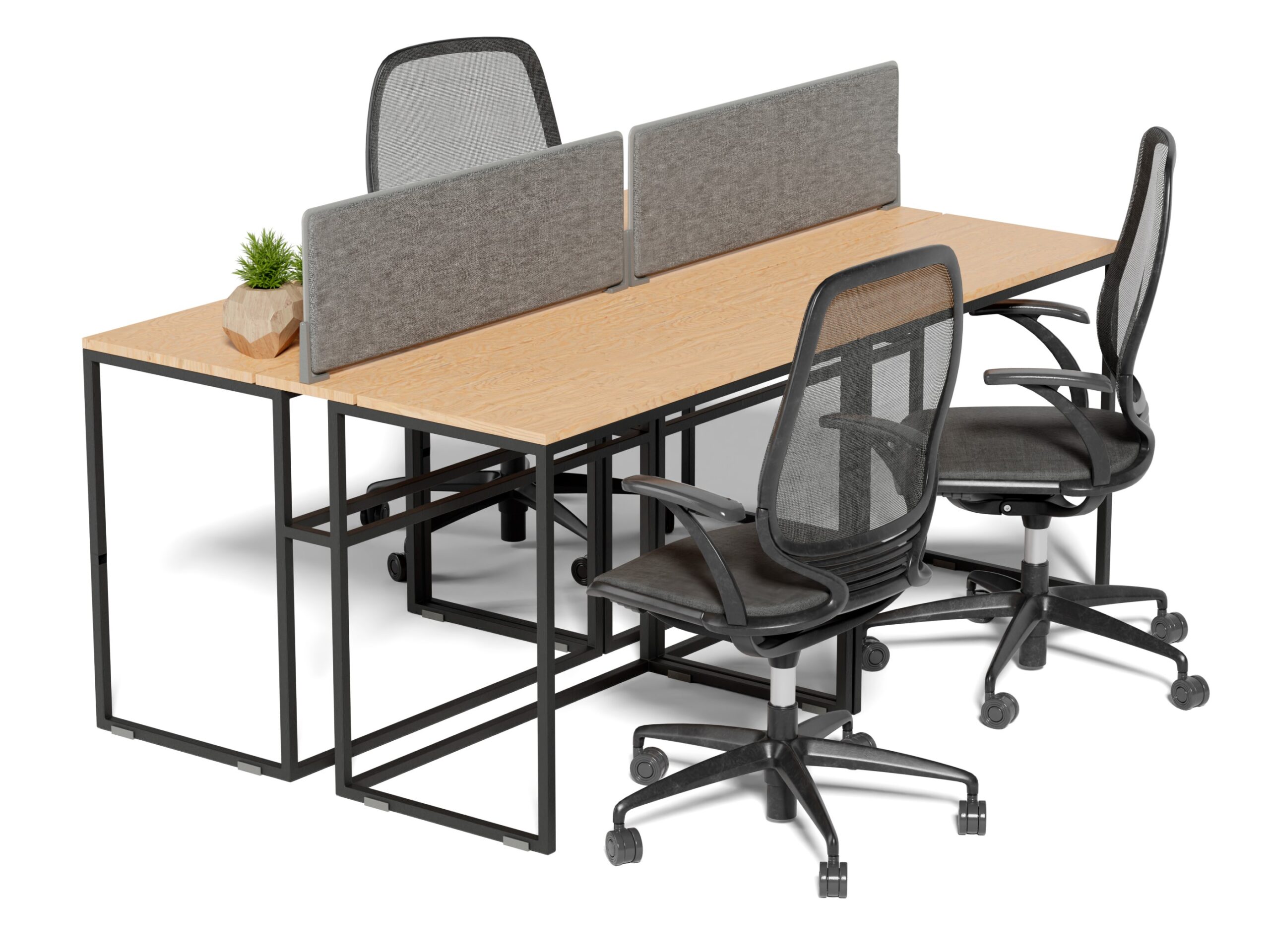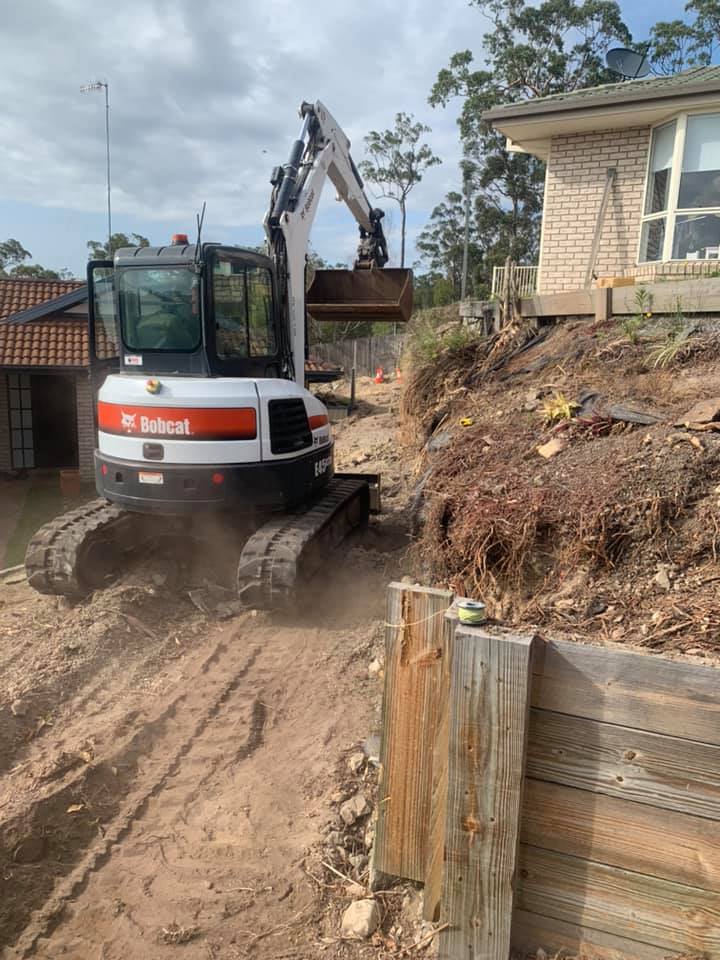
In today’s ever-evolving professional landscape, the traditional one-size-fits-all approach to office design is quickly becoming obsolete. As remote work, hybrid models, and flexible schedules continue to reshape how we define productivity, the physical workspace must adapt accordingly. One of the most crucial aspects of this evolution lies in the Office Table And Chair setup, which can significantly influence comfort, efficiency, and job satisfaction.
This article explores how tailored workspaces, especially the strategic pairing of office tables and chairs can support different work styles, from collaborative teams to focused solo workers. By aligning Office Furniture with individual and team needs, companies can create more productive and engaging environments.
Understanding Different Work Styles
Every employee brings a unique work style to the table, influenced by their personality, role, and daily tasks. Generally, work styles fall into the following categories:
- The Collaborator: Thrives on teamwork, brainstorming sessions, and open discussions.
- The Focused Worker: Needs quiet, private space to concentrate on deep work.
- The Hybrid Professional: Balances remote and in-office work, often needing a dynamic environment
- The Creative Thinker: Values inspiration and flexibility, often requiring informal or visually stimulating setups.
- The Agile Multitasker: Juggles meetings, calls, and diverse tasks, needing mobility and adaptability.
By recognizing these categories, organizations can start tailoring physical workspaces to better meet the needs of each work style.
- The Collaborator: Open and Accessible Layouts
Collaborative employees need to communicate freely and often work in groups. For them, the ideal environment includes:
- Large, shared tables that accommodate team meetings and project discussions.
- Flexible seating arrangements that encourage spontaneous interaction.
- Integrated technology such as built-in charging ports and presentation screens.
To support this work style, office tables should be wide enough for multiple users, with designs that encourage eye contact and openness. Paired chairs should be lightweight and easy to move around, fostering an adaptable space where people can come and go as needed.
- The Focused Worker: Privacy and Ergonomics
Focused workers require environments that minimize distractions and promote mental clarity. Their setup should include:
- Enclosed or semi-enclosed desks to create personal space.
- Ergonomic tables and chairs that prioritize posture and comfort during long hours of concentration.
- Sound-dampening elements like acoustic panels or desk partitions.
Here, the Office Table should have ample surface space for monitors, documents, and essential tools. Storage solutions built into the desk can reduce clutter and enhance organization. Pairing this with a supportive, adjustable chair creates a cocoon of productivity for the focused worker.
- The Hybrid Professional: Flexibility and Function
For professionals splitting time between the office and remote locations, their workspace must quickly adapt to changing needs. Ideal setups for hybrid workers include:
- Sit-stand desks that accommodate both seated and standing positions.
- Modular furniture that allows for reconfiguration based on the day’s tasks.
- Compact, mobile solutions for quick access to shared resources or hot-desking.
These employees benefit from Office Tables that are lightweight yet durable, with cable management features and adjustable heights. Chairs should be easy to transport, offer basic ergonomic support, and be designed for short to moderate usage durations. With mobility at the forefront, hybrid-friendly office setups help employees stay productive wherever they choose to work.
- The Creative Thinker: Inspiration-Driven Spaces
Creativity flourishes in environments that stimulate the mind. For the creative worker, function must blend seamlessly with aesthetics. Their ideal workspace includes:
- Non-traditional furniture layouts, such as curved desks or angular table designs.
- Colorful and textured surfaces that inspire visual interest.
- Furniture zones for brainstorming, sketching, or quick rest periods.
Creative thinkers may prefer unique office tables perhaps with unconventional materials like reclaimed wood or glass that reflect their personality. Complementary chairs might include lounge-style seating or designs with bold color palettes. While comfort remains important, visual stimulation is key to unlocking innovative thought.
- The Agile Multitasker: Efficiency and Mobility
Agile professionals are often on the move and need workstations that keep up with their pace. Their workspace benefits from:
- Rolling desks and chairs for seamless movement across different zones.
- Dual-surface tables to separate tasks (e.g., one for computer work, another for paperwork).
- Integrated storage units for quick access to files and devices.
An efficient Office Furniture layout for multitaskers includes mobile workstations and chairs with wheels, breathable mesh backs, and easy height adjustments. The emphasis is on mobility, efficiency, and smart use of space. These setups allow multitaskers to switch gears without losing momentum.
The Psychological Impact of Tailored Workspaces
Beyond the physical features, personalized workspace design has a measurable impact on employee well-being. Studies show that matching work environments to individual preferences can lead to:
- Increased job satisfaction
- Higher productivity rate
- Improved physical health (especially with ergonomic setups)
- Enhanced focus and reduced fatigue
When employees feel that their workspace aligns with their needs, they’re more likely to take ownership of their environment and thrive within it. This creates a ripple effect across teams and departments, ultimately benefiting organizational culture and performance.
Space Planning: One Size Doesn’t Fit All
Effective workspace planning means offering choice a spectrum of environments that employees can choose from depending on their tasks. Some key planning tips include:
- Creating designated zones for collaboration, concentration, and relaxation.
- Offering bookable private pods or meeting booths.
- Allowing employees to personalize their desks with preferred accessories or layouts.
The success of any workspace strategy depends on its adaptability. It’s not just about providing high-end desks and chairs it’s about matching those tools to the real-life habits of the workforce.
Sustainability and Longevity
Modern workspace design also takes sustainability into account. Investing in Office Furniture that is durable, recyclable, and ethically sourced contributes not only to the environment but also to long-term cost savings. Tailored workspaces should consider:
- Reusable or modular table and chair components.
- Use of non-toxic materials.
- Certifications for environmental and health standards.
As companies become more eco-conscious, even luxury or high-performance office setups can and should meet green standards.
Final Thoughts: Designing for the Future
The future of work is diverse, fluid, and employee-centric. No two professionals work exactly the same way, which makes it essential to rethink traditional office setups. By aligning workspaces with specific work styles, organizations can unlock new levels of engagement and performance.
Whether you’re outfitting a large corporate office or a compact creative studio, investing time and thought into matching the right Office Table And Chair setup with your team’s work styles is a game changer. It goes beyond aesthetics; it shapes how people think, collaborate, and succeed.
As workspace culture evolves, so must the design of the environments we work in. Embracing this shift with purposeful, tailored solutions leads to more satisfied employees, more effective teams, and a more resilient business overall.
Let the journey to more intentional workspaces begin one thoughtfully matched Office Chairs and tables at a time.





